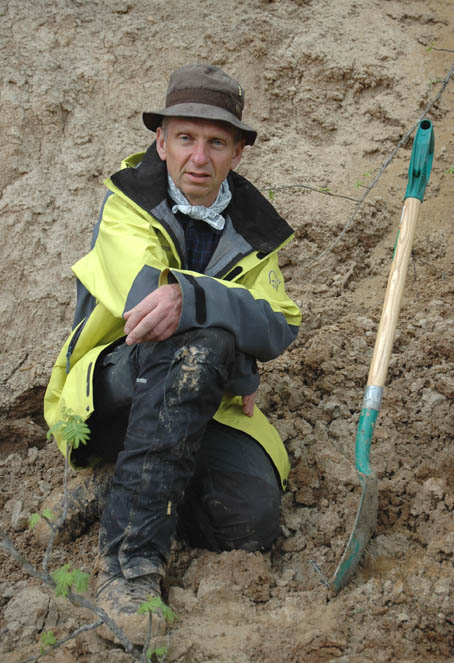



KOMI, northern Russia: Ice ages are one of the proofs that astronomical factors – the pattern of the Earth’s orbit and the angle of inclination and the rotation of the Earth’s axis – vary and produce changes in the amount of sunlight reaching the Earth’s surface.
By Gudmund Løvø
Global warming
“It is therefore important to know the chronology and details concerning the distribution of both ice ages and interglacials,” Eiliv Larsen, a geologist at NGU, tells me.
“When we know a lot about the past, we can predict something about the future. The debate on the global human-induced warming makes it especially vital to learn more about the natural climate changes in the Arctic,” Eiliv Larsen continues.
Two questions which scientists involved in the SciencePub project are asking is how man adapted to past climate changes and where did the first people who lived in Finnmark come from? Did they come from Russia, along the coast of Norway, or perhaps from the Gulf of Bothnia?
Oil and gas resources
The ice-age research also has other specific areas of use, like:
NGU scientists are in charge of SciencePub, which is an interdisciplinary project involving a number of cooperating institutions in Norway and other countries. It is one of the largest Norwegian-led International Polar Year projects taking place in 2007-2008, and has a budget of NOK 20 million spread over four years.